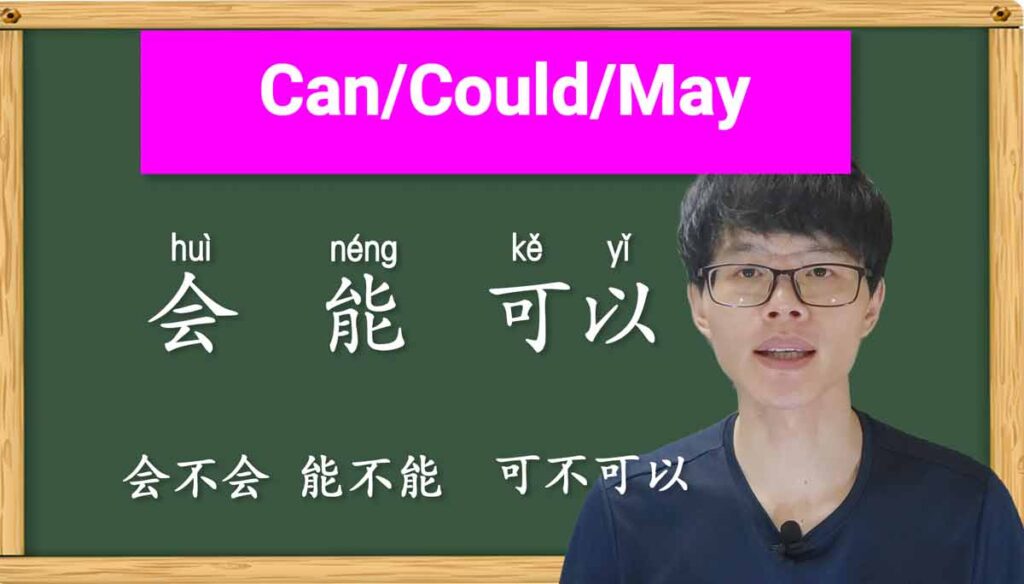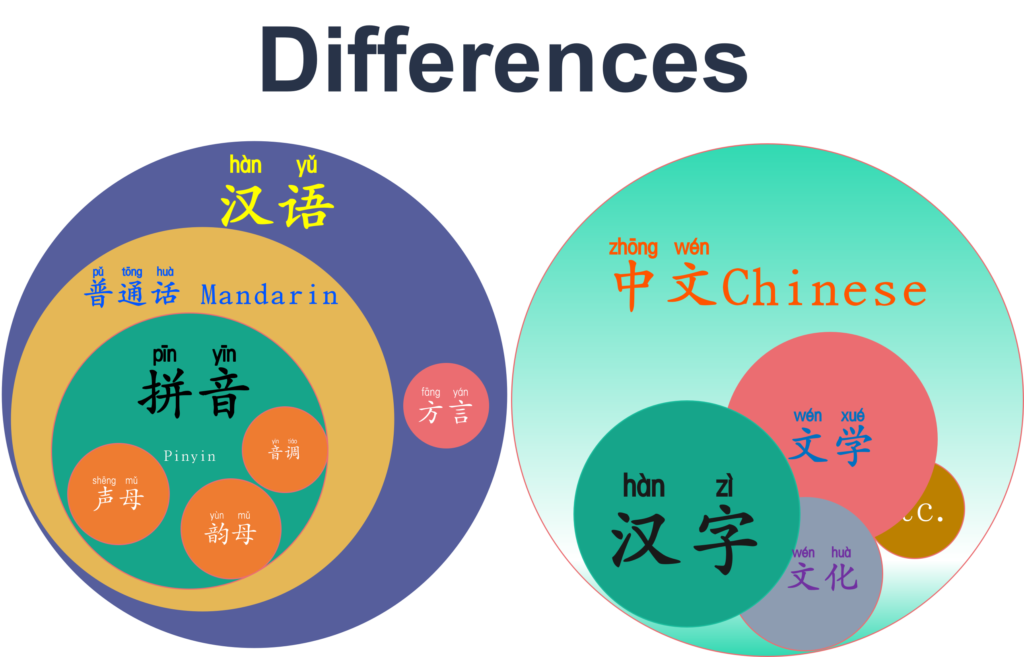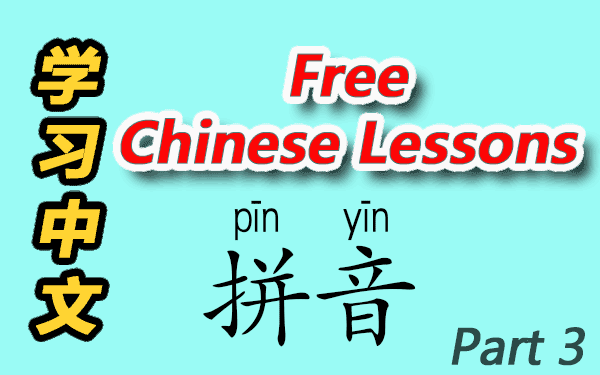In this Chinese lesson, I will teach you how to say colors in Chinese. And I will attach PDF practice sheets for you to practice writing related to colors Chinese characters at the bottom. You can also subscribe to my YouTube Channel to learn pronunciation.

Let me show you the color vocabulary first, and then I will show you how to use them to describe something.
Colors Vocabulary
- 红色 (hóng sè) – red
- 粉色 (fěn sè) – pink
- 绿色 (lǜ sè) – green (NOTE! the Pinyin of 绿 is lǜ , has to add two dots, not “lu”)
- 蓝色 (lán sè) – blue
- 黄色 (huáng sè) – yellow
- 紫色 (zǐ sè) – purple
- 棕色 (zōng sè) – brown
- 橙色 (chéng sè) – orange
- 白色 (bái sè) – white
- 黑色 (hēi sè) – black
- 灰色 (huī sè) – gray
- 褐色 (hè sè) – brown
- 蓝绿色 (lán lǜ sè) – teal
- 棕色 (zōng sè) – brown
- 咖啡色 (kā fēi sè) – brown
- 棕褐色 (zōng hè sè) – tan
- 金色 (jīn sè) – gold
- 银色 (yín sè) – silver
- 铜色 (gǔ sè) – bronze
when to say dark cold, you just need to add “浅”(qiǎn) in front of the color vocabulary.
Light colors vocabulary
- 浅红色 (qiǎn hóng sè) -light red
- 浅粉色 (qiǎn fěn sè) – light pink
- 浅绿色 (qiǎn lǜ sè) – light green (NOTE! the Pinyin of 绿 is lǜ , has to add two dots, not “lu”)
- 浅蓝色 (qiǎn lán sè) – light blue
- 浅黄色 (qiǎn huáng sè) – light yellow
- 浅紫色 (qiǎn zǐ sè) – light purple
- 浅棕色 (qiǎn zōng sè) – light brown
- 浅橙色 (qiǎn chéng sè) – light orange
- 浅白色 (qiǎn bái sè) – light white
- 浅黑色 (qiǎn hēi sè) – light black
- 浅灰色 (qiǎn huī sè) – light gray
- 浅褐色 (qiǎn hè sè) – light brown
- 浅蓝绿色 (qiǎn lán lǜ sè) – light teal
- 浅棕色 (qiǎn zōng sè) – light brown
- 浅咖啡色 (qiǎn kā fēi sè) – light brown
- 浅棕褐色 (qiǎn zōng hè sè) – light tan
- 浅金色 (qiǎn jīn sè) – light gold
- 浅银色 (qiǎn yín sè) – light silver
- 浅铜色 (qiǎn tóng sè) – light bronze
To say light color, you can also use “淡”(dàn) instead of “浅”(qiǎn) in front of the color vocabulary. “淡”(dàn) and “浅”(qiǎn) both means “light”.
Light colors vocabulary
- 淡红色 (dàn hóng sè) -light red
- 淡粉色 (dàn fěn sè) – light pink
- 淡绿色 (dàn lǜ sè) – light green (NOTE! the Pinyin of 绿 is lǜ , has to add two dots, not “lu”)
- 淡蓝色 (dàn lán sè) – light blue
- 淡黄色 (dàn huáng sè) – light yellow
- 淡紫色 (dàn zǐ sè) – light purple
- 淡棕色 (dàn zōng sè) – light brown
- 淡橙色 (dàn chéng sè) – light orange
- 淡白色 (dàn bái sè) – light white
- 淡黑色 (dàn hēi sè) – light black
- 淡灰色 (dàn huī sè) – light gray
- 淡褐色 (dàn hè sè) – light brown
- 淡蓝绿色 (dàn lán lǜ sè) – light teal
- 淡棕色 (dàn zōng sè) – light brown
- 淡咖啡色 (dàn kā fēi sè) – light brown
- 淡棕褐色 (dàn zōng hè sè) – light tan
- 淡金色 (dàn jīn sè) – light gold
- 淡银色 (dàn yín sè) – light silver
- 淡铜色 (dàn tóng sè) – light bronze
And if you want to say dark color, you just need to add “深”(shēn) in front of the color vocabulary.
Dark colors vocabulary
- 深红色 (shēn hóng sè) – dark red
- 深粉色 (shēn fěn sè) – dark pink
- 深绿色 (shēn lǜ sè) – dark green (NOTE! the Pinyin of 绿 is lǜ , has to add two dots, not “lu”)
- 深蓝色 (shēn lán sè) – dark blue
- 深黄色 (shēn huáng sè) – dark yellow
- 深紫色 (shēn zǐ sè) – dark purple
- 深棕色 (shēn zōng sè) – dark brown
- 深橙色 (shēn chéng sè) – dark orange
- 深白色 (shēn bái sè) – dark white
- 深黑色 (shēn hēi sè) – dark black
- 深灰色 (shēn huī sè) – dark gray
- 深褐色 (shēn hè sè) – dark brown
- 深蓝绿色 (shēn lán lǜ sè) – dark teal
- 深棕色 (shēn zōng sè) – dark brown
- 深咖啡色 (shēn kā fēi sè) – dark brown
- 深棕褐色 (shēn zōng hè sè) – dark tan
- 深金色 (shēn jīn sè) – dark gold
- 深银色 (shēn yín sè) – dark silver
- 深铜色 (shēn tóng sè) – dark bronze
Color-Color vocabulary
To say, like “red-green”, “blue-purple”, “orange- green” colors. these are “Color- Color” pattern. It’s quite simple, you just need to say color one by one directly. As it’s easy and I have listed the color vocabulary above, so I won’t list them again. Actually, there’s no need to at all. Right?
e.g. red-green (红绿色), blue-purple (蓝紫色), orange- green (橙绿色), etc.
If you want to say dark or light color, just do the same as before. You need to add “深”(shēn) or “浅”(qiǎn) in front of the color-color vocabulary.
e.g. light red-green (浅红绿色), dark blue-purple (深蓝紫色), etc.
How to use Chinese color vocabulary?
“颜色” means color. The single word “色” also means color. The difference between them is
“颜色”is a formal way to say color. And “色” is informal and to say color for short.
For example
1. 这是什么颜色?(zhè shì shén me yán sè)
2. 这是什么色?(zhè shì shén me sè)
Both means what color is this? And If we want to say any specific color, then we add “色” as suffix. For example, “红” means “red”. But if you want to say red color (special color), you should say 红色.
Q: 这是什么颜(色)?
A: 这是红。❌
A: 这是红色。✅
And, if you want to say “red apple”, “blue sky”, like, use color as a adjective. Then you can use either with “色” or without “色”. But, if you want to add “色”, then you should add “的” along with it.
red apple (红苹果) ✅
red apple (红色的苹果) ✅
red apple (红色苹果) ❌
blue sky (蓝天) ✅
blue sky (蓝色的天) ✅
blue sky (蓝色天) ❌
green leaf (绿叶) ✅
green leaf (绿色的叶) ✅
green leaf (绿色叶) ❌
As you can see from the examples, “色” must along with “的” together to describe something.















